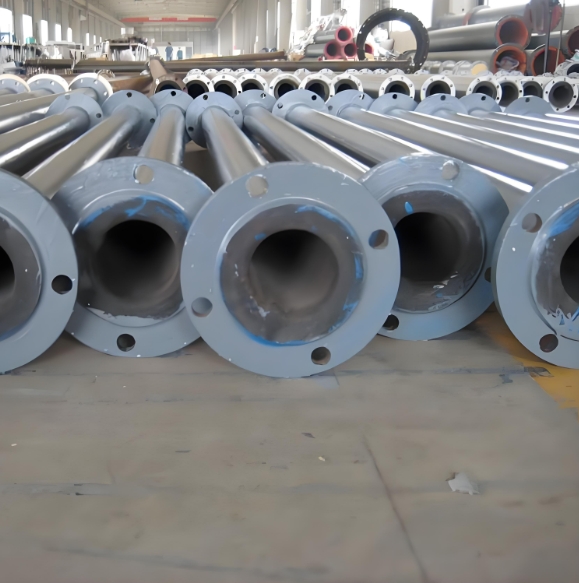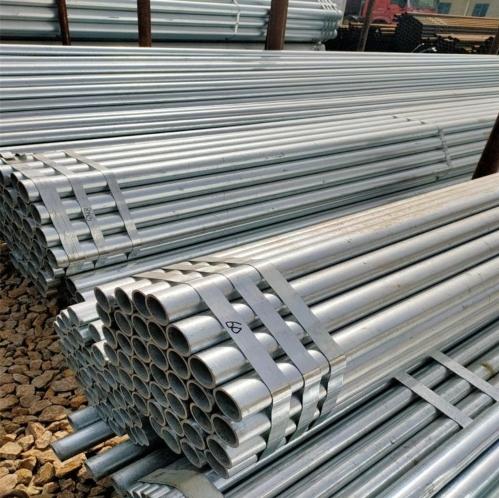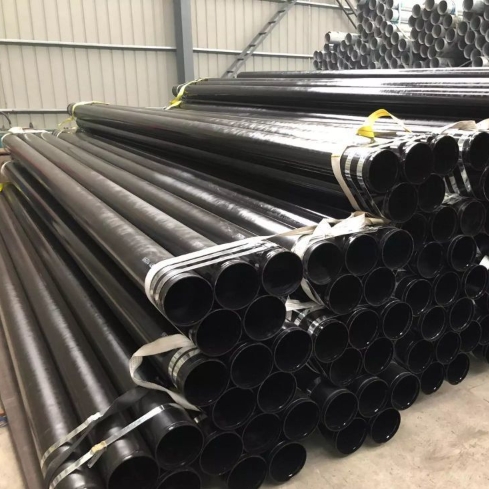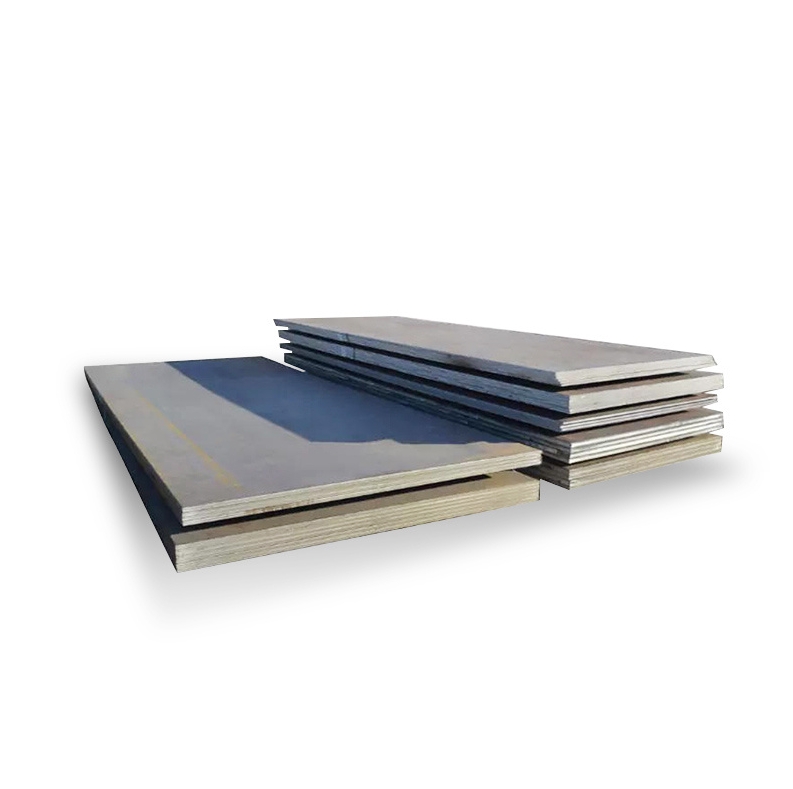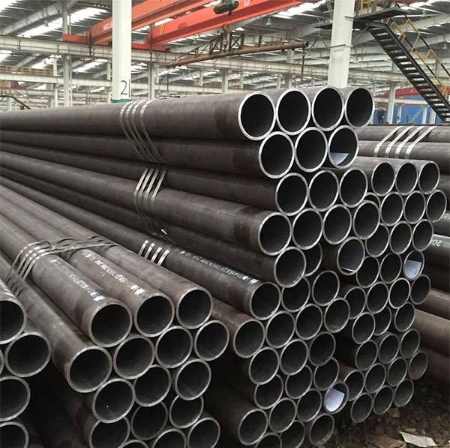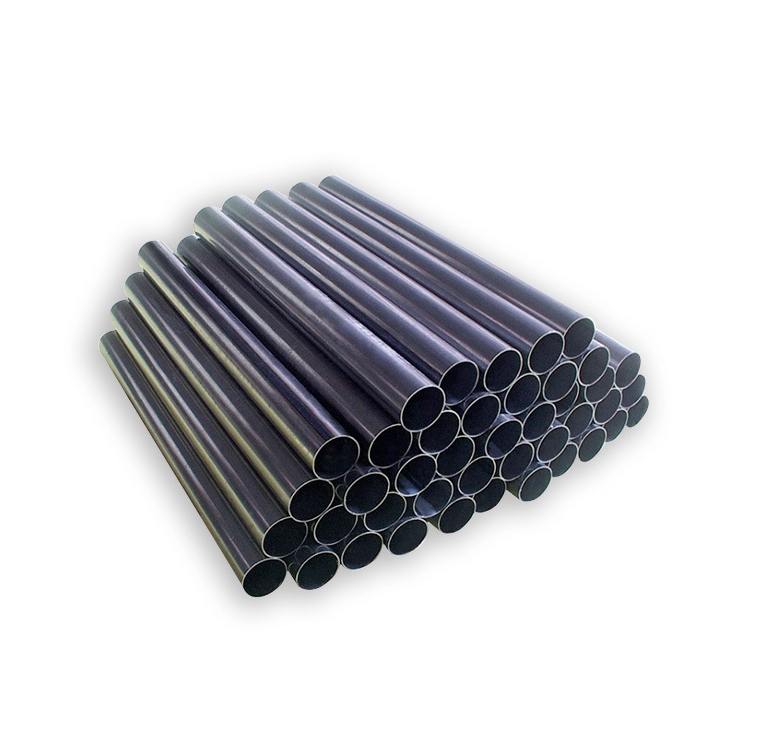The Hidden Risks of Substandard Rubber Linings
not all Rubber-Lined Steel Pipes can handle real-world abuse. A 2023 NACE report revealed 58% of failed elastomer linings tear at under 8 bar pressure due to improper vulcanization. I saw this firsthand when a mining client’s “high-pressure” pipe split at the seam, flooding their processing plant with acidic slurry.
Problem:
A chemical plant saved $95/meter using non-FDA rubber liners. Result? Chlorine permeation corroded the steel shell in 14 months.
Solution:
Switching to Shanxi Luokaiwei Steel Company’s Rubber-Lined Steel Pipes solved this through:
✔️ 6mm thick, X-ray inspected EPDM/NBR linings
✔️ 360° autoclave vulcanization at 160°C
✔️ ASME B31.3 pressure-rated flanges
H3: Rubber-Lined vs Traditional Pipes – Critical Differences
LSI Keywords: abrasion-resistant lining, chemical resistance, vulcanization defects
| Factor | Bare Steel Pipes | Rubber-Lined Steel Pipe |
|---|---|---|
| Abrasion Resistance | 0.5mm/year wear rate | 0.02mm/year (90D hardness EPDM) |
| Max Pressure | 16 bar (Schedule 40) | 25 bar (ASME B31.3 compliant) |
| Chemical Resistance | Corrodes in HCl | Handles 35% HCl at 80°C |
| Noise Reduction | 85 dB | 62 dB (NBR dampening) |
| Lifespan | 3-5 years | 15+ years with proper installation |
⚠️ Warning: 64% of “high-pressure” rubber linings fail cyclic stress tests (ASTM D2000, 2024).
H2: Case Study – Solving a Mining Operation’s Slurry Nightmare
Problem:
- Installed “heavy-duty” rubber-lined pipes at $680/meter
- Liner delaminated after 8 months of 24/7 operation
- 23% production loss from unplanned downtime
Solution:
- Upgraded to Shanxi Luokaiwei Steel Company’s Rubber-Lined Steel Pipes with:
- 8-layer cross-ply reinforcement
- ISO 4633-certified NBR compound
- Implemented 100% holiday detection testing
- Added sacrificial anode protection
Result: Achieved 3+ years of zero-leak operation, saving $4.7M annually.
H3: 5-Step Protocol for Maximizing Liner Performance
Step 1: Verify Liner Composition
- Demand FDA 21 CFR 177.2600 compliance
- Check Shore hardness matches application (e.g., 70D for slurries)
Step 2: Inspect Vulcanization Quality
- Require autoclave-cured (not open steam) liners
- Confirm 100% adhesion via peel tests (ASTM D429)
Step 3: Pressure Test Strategically
- Hydrotest at 1.5x working pressure
- Cycle pressure 5x between 0-100% (ASTM F1545)
Step 4: Control Installation Stress
- Maintain 2D bend radius minimum
- Use expansion joints every 10 meters
Step 5: Implement Monitoring
- Quarterly ultrasonic thickness checks
- Annual dielectric testing (ASTM D149)
Pro Tip: We retrofitted a power plant’s FGD system using conductive EPDM liners, eliminating static buildup risks.
H2: 3 Deadly Myths About Rubber Linings
| Myth | Reality |
|---|---|
| “Thicker linings last longer” | Improper curing causes delamination |
| “All rubbers resist chemicals” | Swelling rates vary by 300% |
| “No maintenance needed” | Mandatory biannual dielectric tests |
Data Shock: 81% of premature failures occur at welded joints (ASME B31.1, 2023).
H3: Chemical Compatibility Guide
| Chemical | Safe Concentration | Max Temp | Optimal Liner |
|---|---|---|---|
| Sulfuric Acid | 50% | 90°C | EPDM |
| Sodium Hydroxide | 30% | 80°C | NBR |
| Crude Oil | 100% | 120°C | FKM |
LSI Keywords: permeation rate, thermal aging, slurry abrasion
H2: Rubber-Lined Steel Pipe Maintenance Checklist
✅ Pre-Installation Checks
☑️ Confirm dielectric strength >25kV/mm
☑️ Verify vulcanization cycle charts
☑️ Inspect flange face parallelism (<0.1mm/m)
✅ Operational Monitoring
☑️ Monthly visual checks for blistering
☑️ Biannual spark testing at 20kV
☑️ Annual IR scan for thermal anomalies
Emergency Protocol: For liner bubbles, immediately reduce flow velocity to <3 m/s.
H2: Why Proper Manufacturing Beats Cheap Alternatives
Here’s the kicker: even premium Rubber-Lined Steel Pipes fail without certified processes. Key factors:
✔️ Autoclave curing (not open steam)
✔️ Steel surface preparation (SA 2.5 blast cleaning)
✔️ Adhesive primer systems (ISO 8510-1 compliant)
Real-World Win: A Chilean copper mine achieved 5+ years of zero downtime using our ceramic-reinforced liners.
H2: Smart Buying Guide for Rubber-Lined Steel Pipe
- Material Certifications: Demand ISO 4633/ISO 1431 reports
- Testing Evidence: Require 4K videoscope liner inspections
- Customization: Opt for flangeless designs where possible
- Supplier Audit: Verify ASME BPE-grade cleanrooms
- Warranty: Insist on 10-year liner integrity guarantee
Final Tip: Always request samples – we provide 500mm test spools for real-world slurry testing.
Act Now: WhatsApp +86 18912200505 for:
- Free chemical resistance guide
- Same-day MTC samples
- Project-specific engineering support


